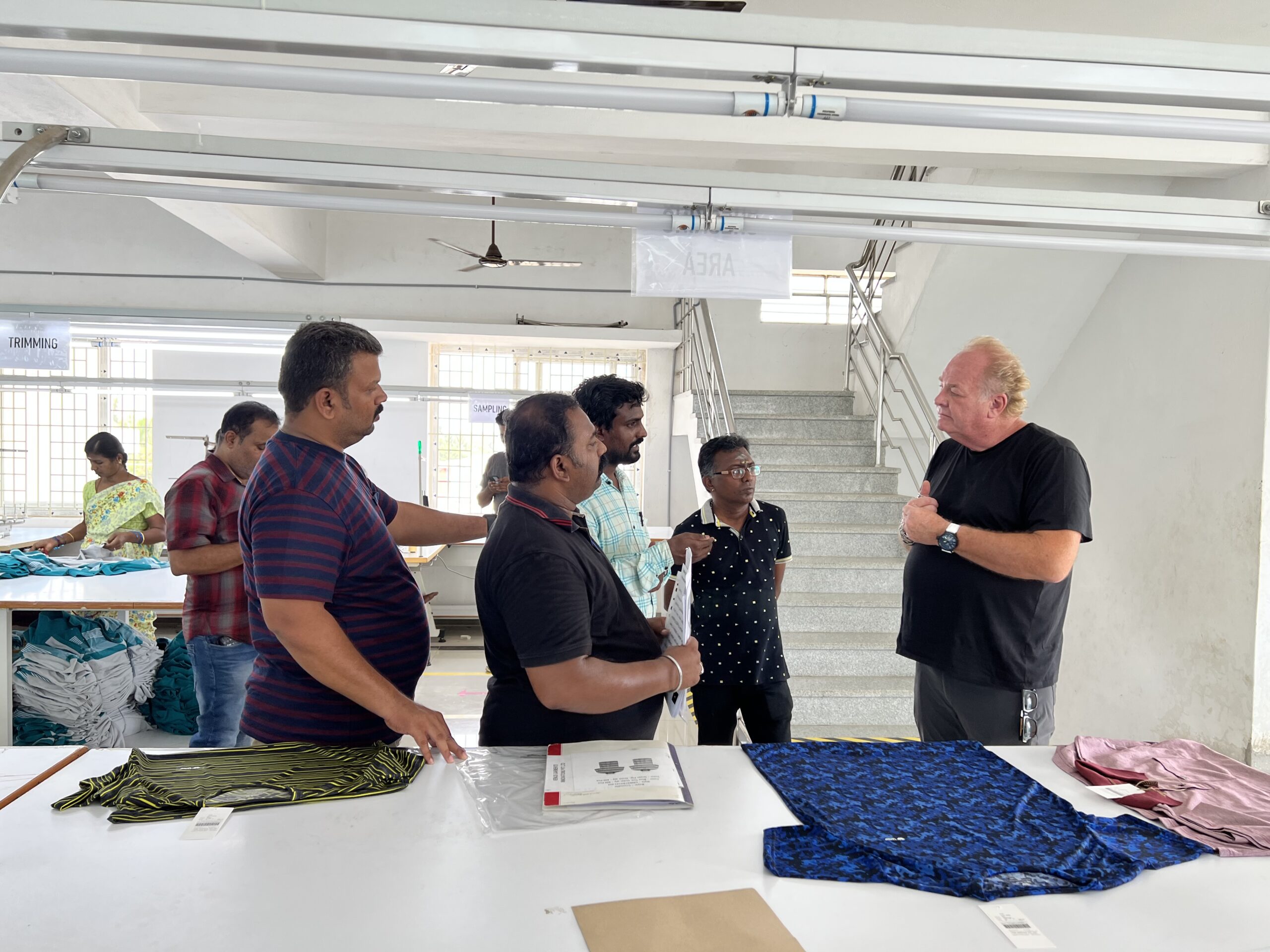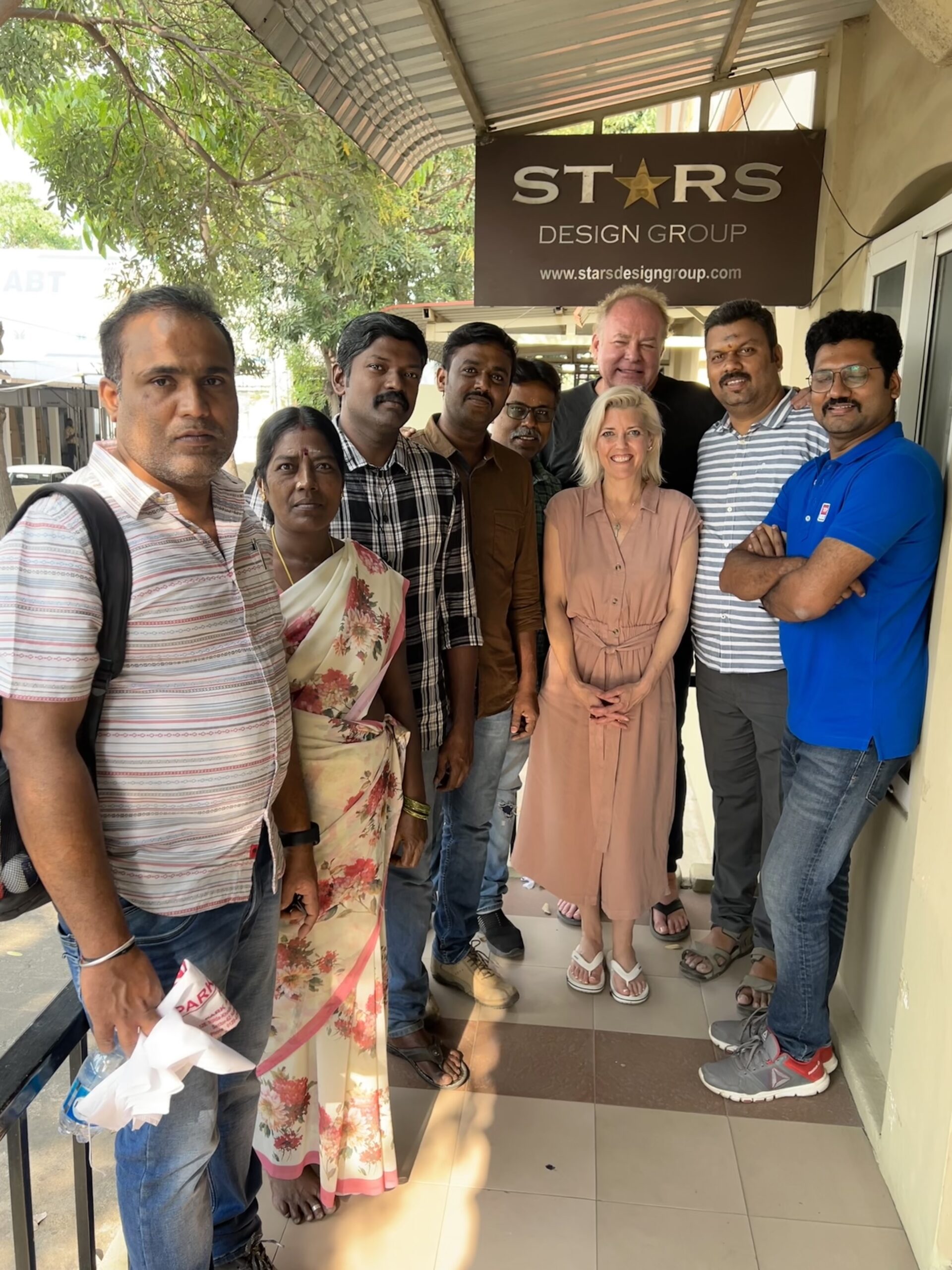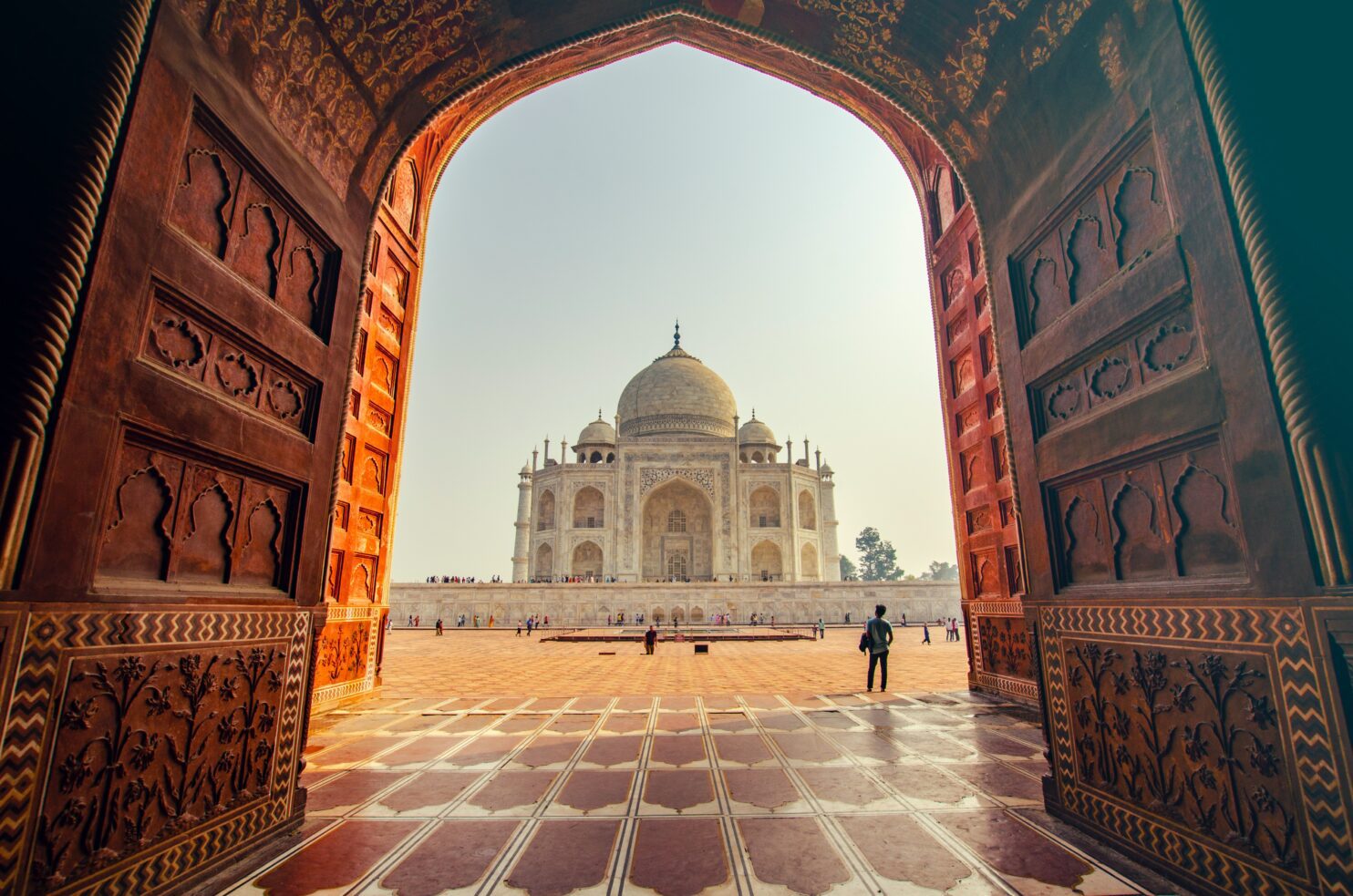For over 30 years, the CEO of Stars Design Group, Bret Schnitker has been traveling to India, witnessing the country’s transformation firsthand. What initially drew Bret to India was the entrepreneurial spirit and resilience of its people. Despite facing numerous obstacles, the Indian fashion industry has always found a way to overcome challenges and achieve positive results. As Bret mentions in Clothing Coulture Season 3 Episode 12 “India is known not only for its population but also its cotton production, technology, medicine, and more, making India an important country in many industries” The country’s large manufacturing units and investments in technology have positioned it as a key player in the global fashion market.
 The Rise of Synthetics
The Rise of Synthetics
While India has traditionally focused on cotton production, the global shift towards synthetics has prompted the country to adapt. With the apparel industry projected to buy at least 55% of synthetics in the coming years, India recognizes the need to enter this market. The government has implemented incentives and timelines to encourage the development of a robust synthetic pipeline. This shift marks a significant change in India’s approach to infrastructure and aligns with the country’s goal of becoming a major player in the synthetic fiber industry.
Sustainability: A Holistic Approach
One of the most exciting aspects of Bret and Emily’s recent trip to India was the country’s commitment to sustainability. From small factories to large manufacturing units, sustainability was a topic of conversation everywhere they went. India is addressing all pillars of sustainability: people, planet, and profit. The focus starts from the farm, with initiatives like the Better Cotton Initiative and organic cotton farming. Farmers are provided with organic cotton seeds and paid above-market value for their produce, ensuring fair treatment, and reducing the use of harmful pesticides.
India is also investing in renewable energy sources to reduce its carbon footprint. Solar power farms and wind farms are replacing the burning of wood, which was depleting the country’s forests at an alarming rate. The government’s emphasis on infrastructure development has paved the way for the implementation of sustainable practices, such as water reclamation and efficient resource utilization. The country’s commitment to fair trade and living wages further demonstrates its dedication to creating a sustainable and ethical fashion industry.
 Implications and Future Outlook
Implications and Future Outlook
India’s focus on sustainability and synthetics has significant implications for the global fashion industry. As the world increasingly embraces sustainable practices, India’s commitment to eco-friendly production positions it as a leader in the market. The country’s investment in renewable energy and resource management sets an example for other nations to follow. By prioritizing fair trade and living wages, India is creating a more equitable and socially responsible fashion industry.
The future outlook for India’s fashion industry is promising. With its large population and growing infrastructure, the country has the potential to become a major player in the global market. By embracing synthetics and sustainability, India can cater to the changing demands of the industry and attract international buyers. The combination of entrepreneurial spirit, technological advancements, and a commitment to sustainability positions India as a force to be reckoned with in the fashion world.
Conclusion
Bret and Emily’s recent trip to India left them inspired and hopeful for the future of the country’s fashion industry. The developments they witnessed in sustainability and synthetics are a testament to India’s determination to create a more ethical and environmentally conscious sector. By focusing on people, planet, and profit, India is setting an example for the rest of the world. As the global fashion industry continues to evolve, India’s commitment to innovation and sustainability will undoubtedly play a significant role in shaping its future.
You can watch and listen to Clothing Coulture Season 3 Episode 12 “The Future of Sustainable Apparel Manufacturing in India” where we will delve deeper into the topics of sustainability and other fashion industry topics.
 Hadley Robinson is a Marketing and E-commerce specialist at Stars Design Group. With a Bachelor of Arts in Fashion Business and a Minor in Photography degree from Columbia College Chicago, Hadley uses her knowledge of the fashion and art world to help manage SDG’s social and website channels.
Hadley Robinson is a Marketing and E-commerce specialist at Stars Design Group. With a Bachelor of Arts in Fashion Business and a Minor in Photography degree from Columbia College Chicago, Hadley uses her knowledge of the fashion and art world to help manage SDG’s social and website channels.

